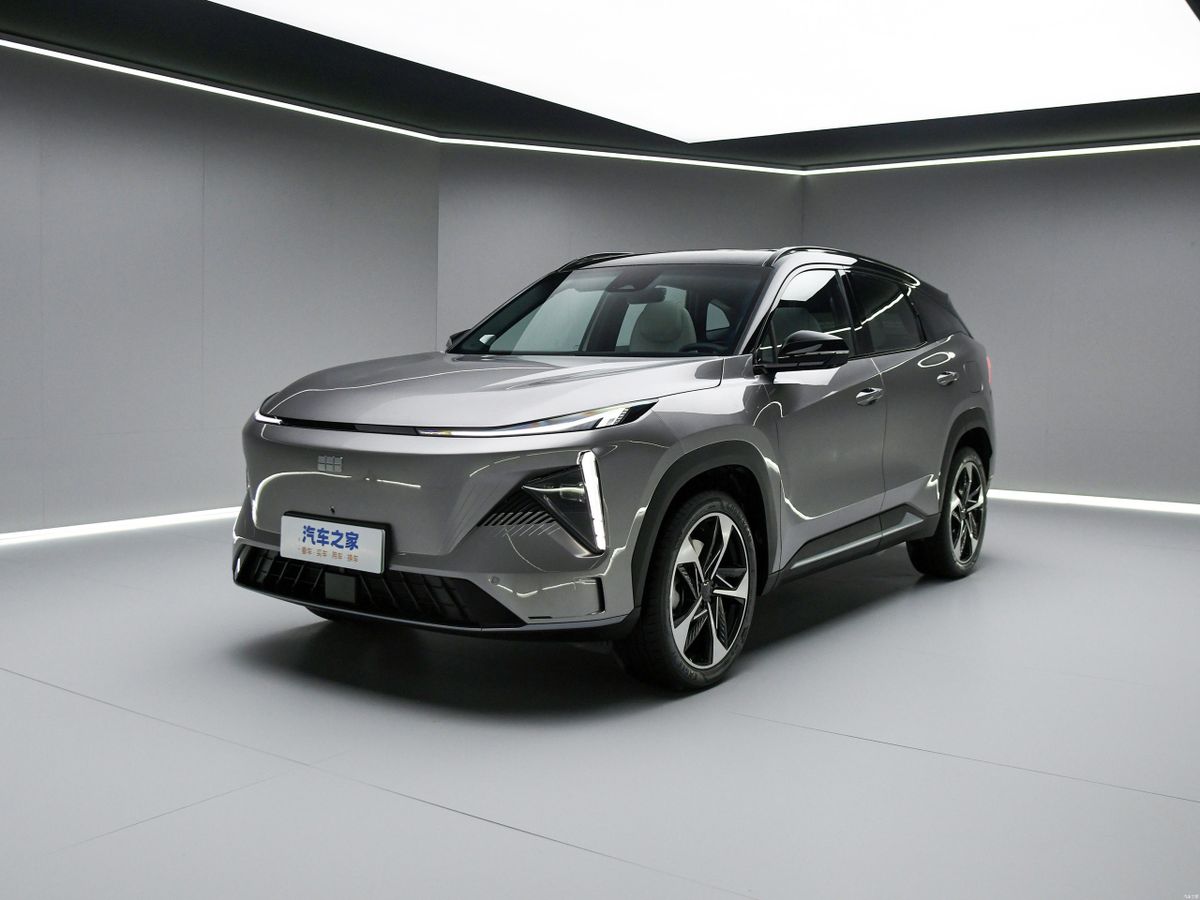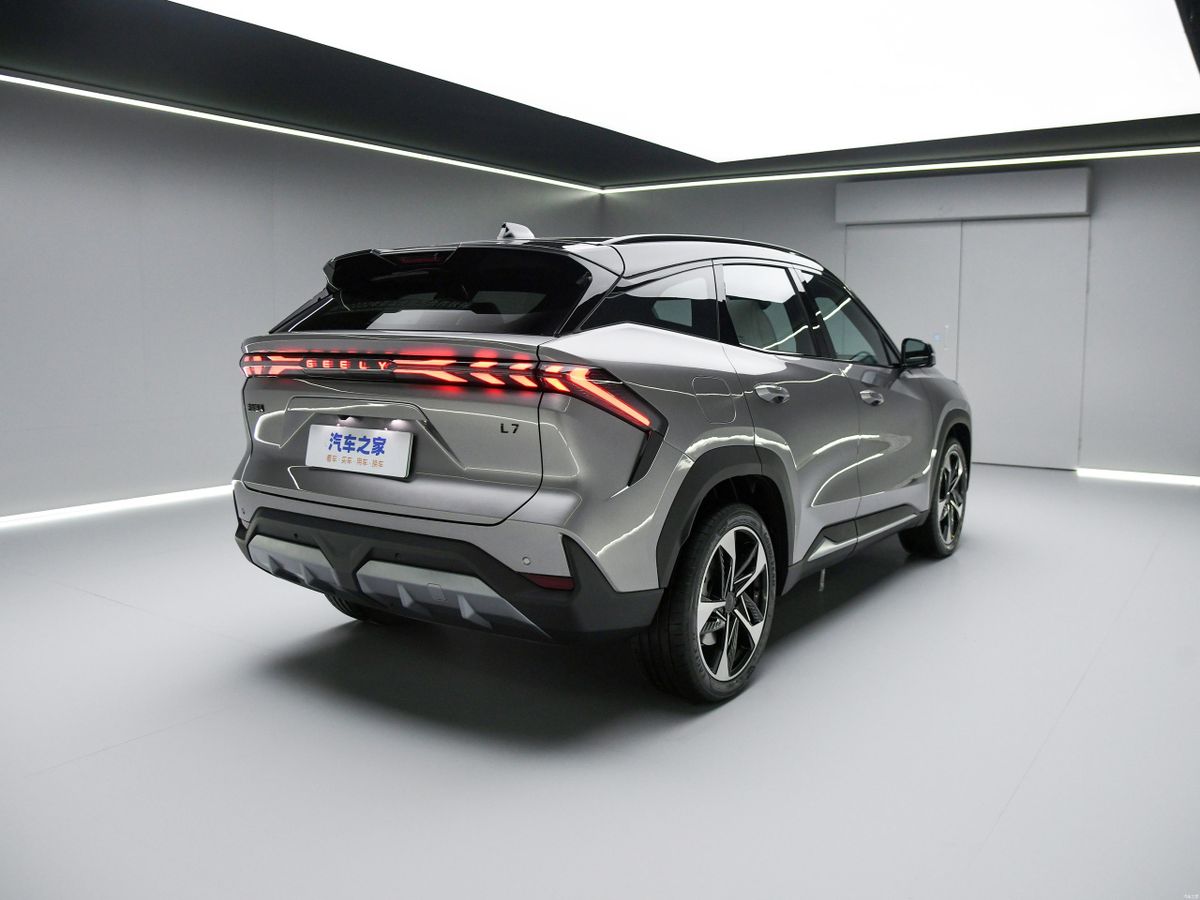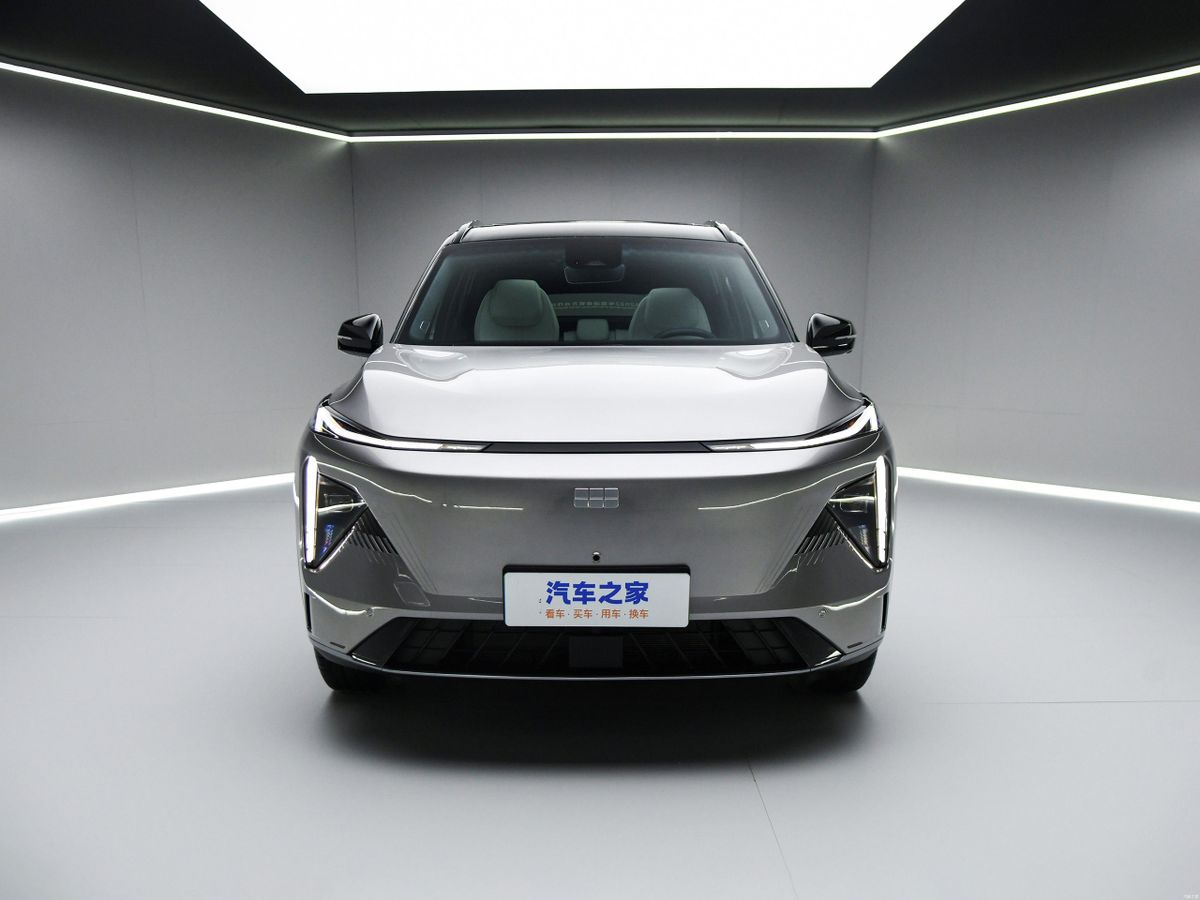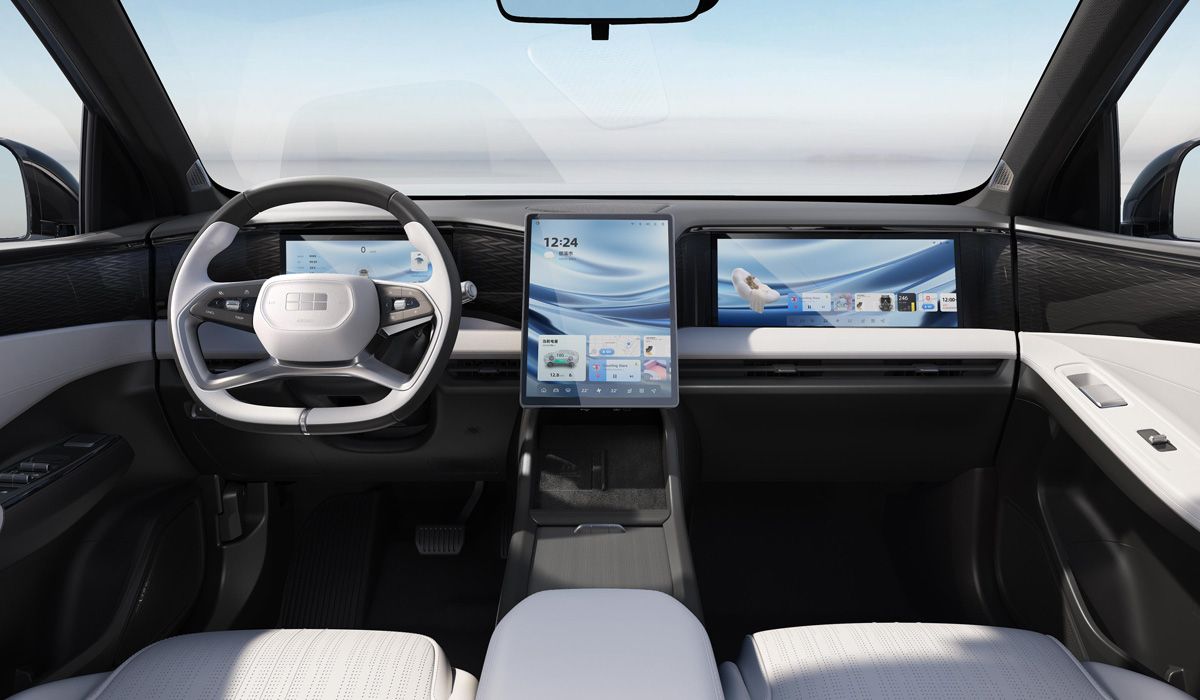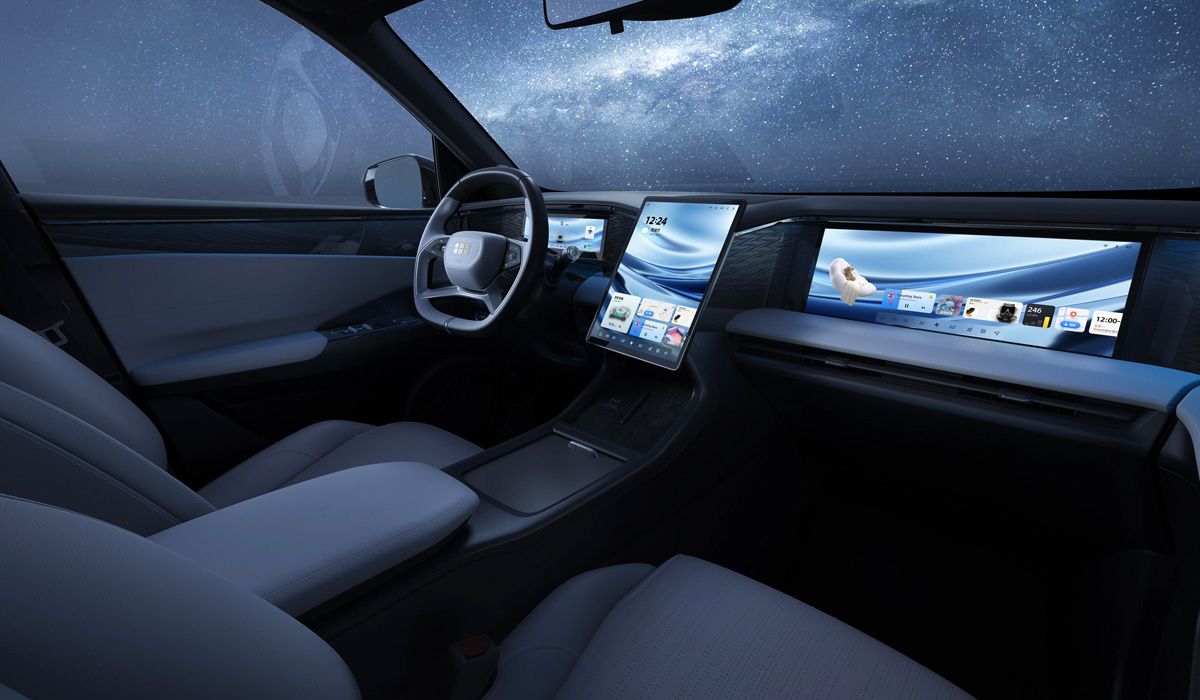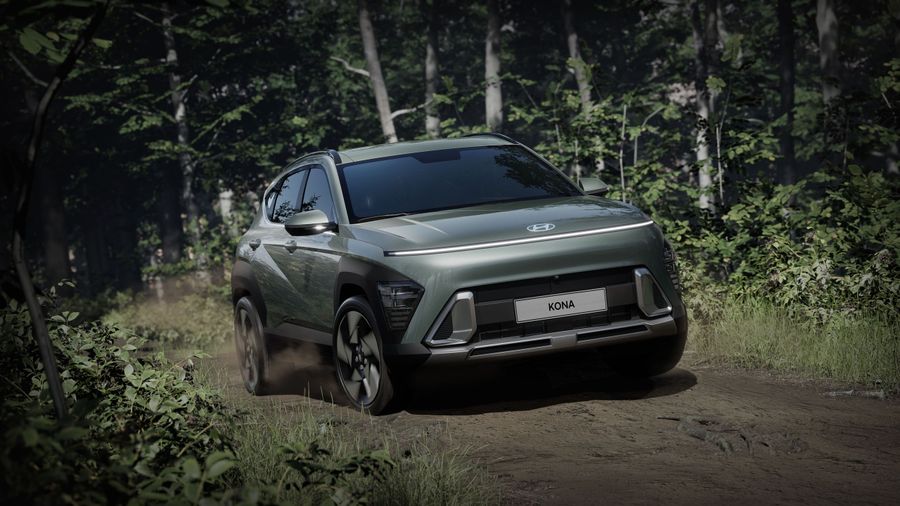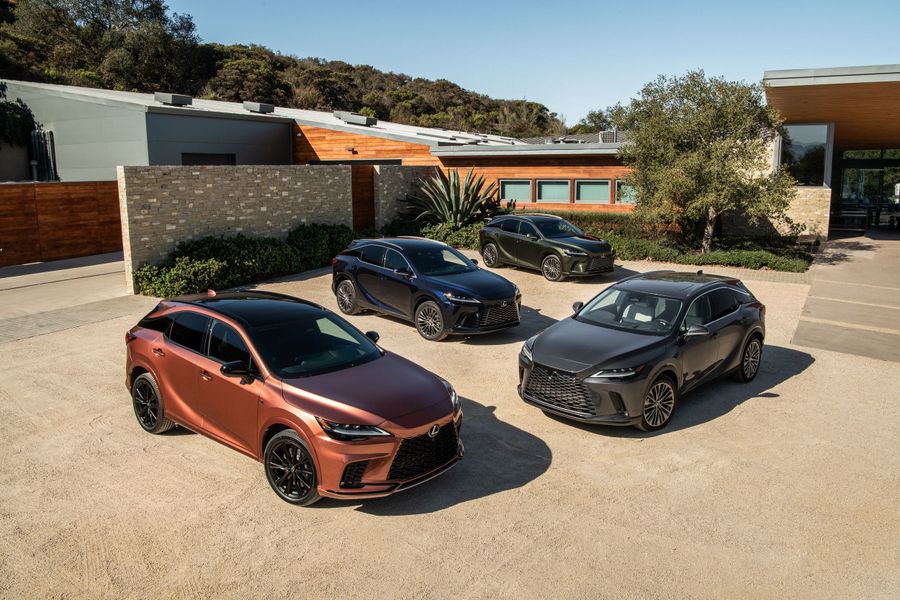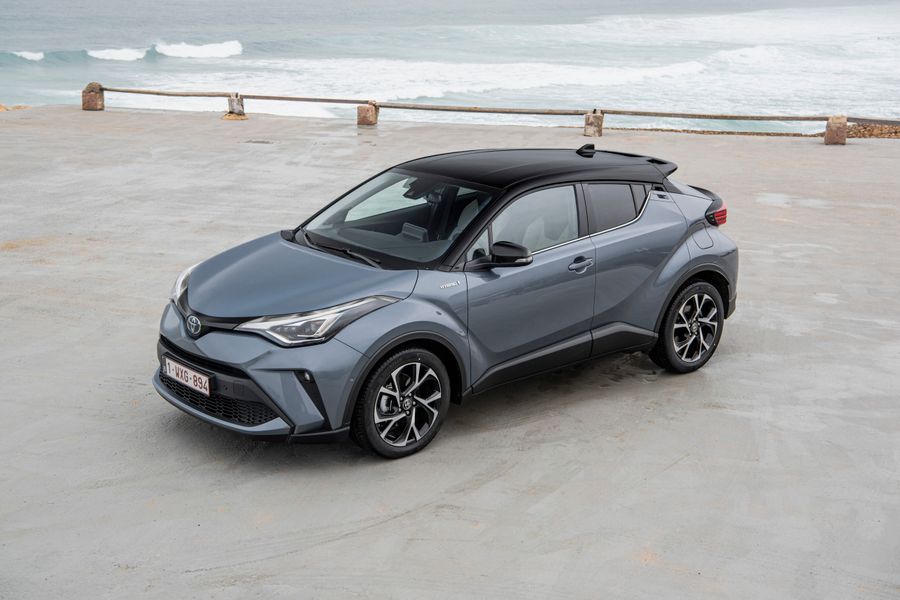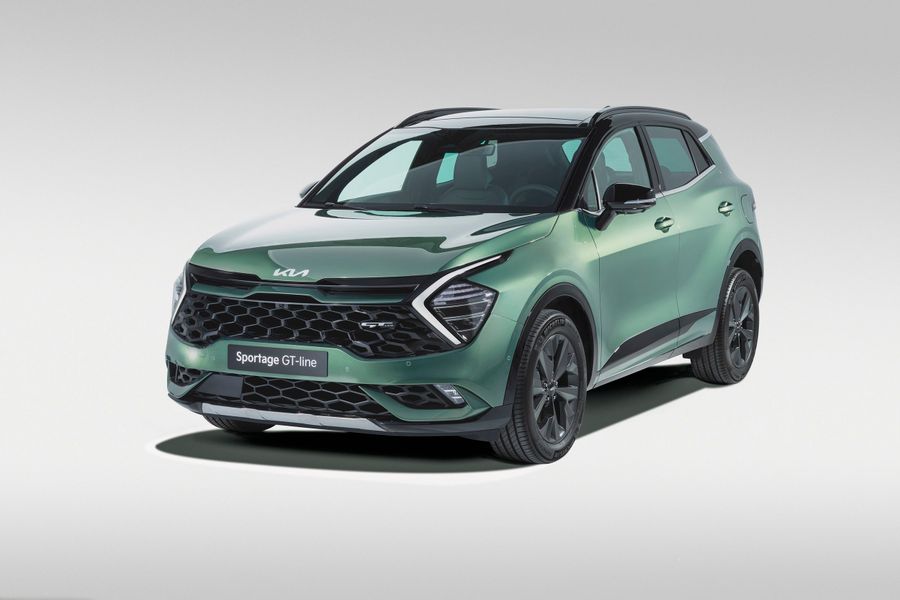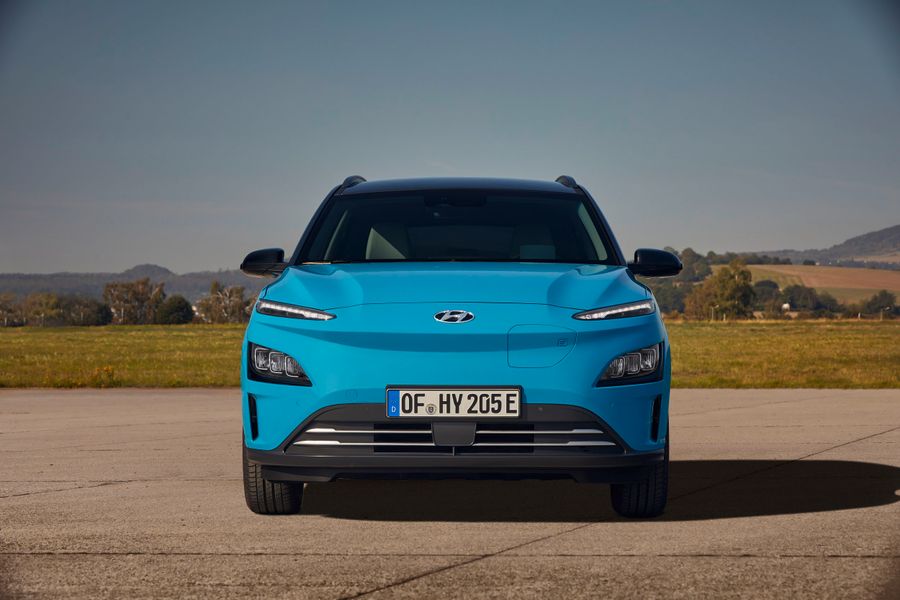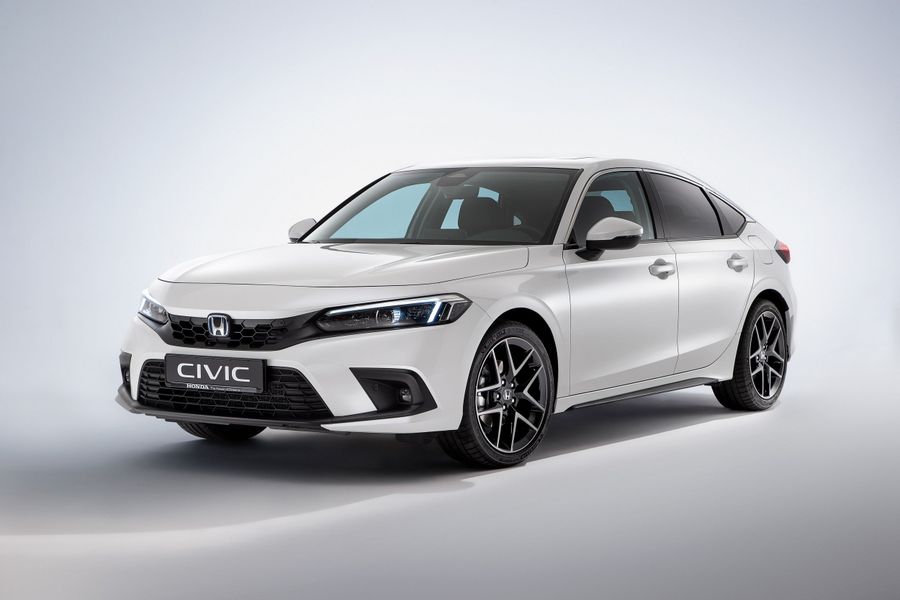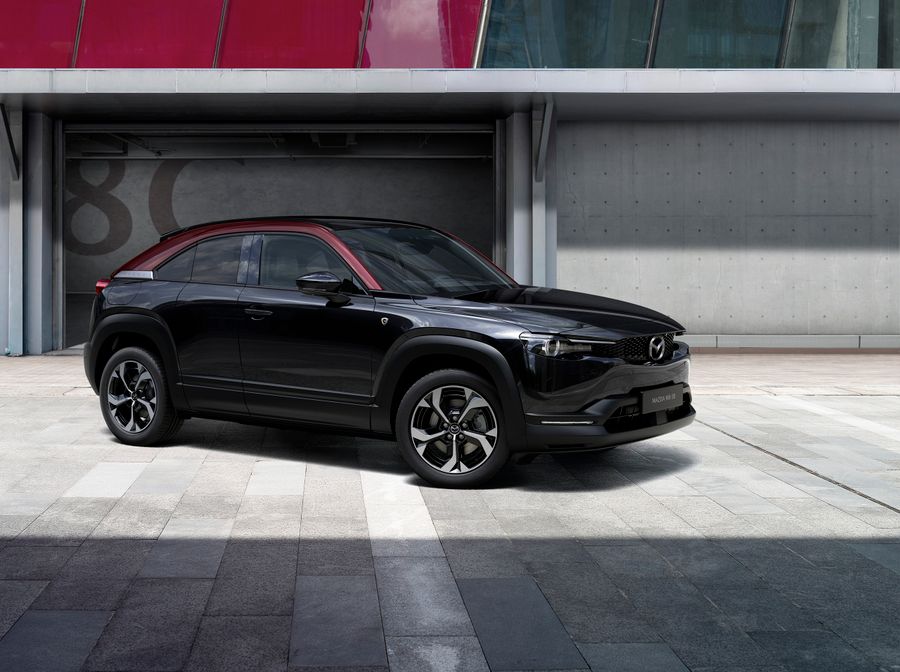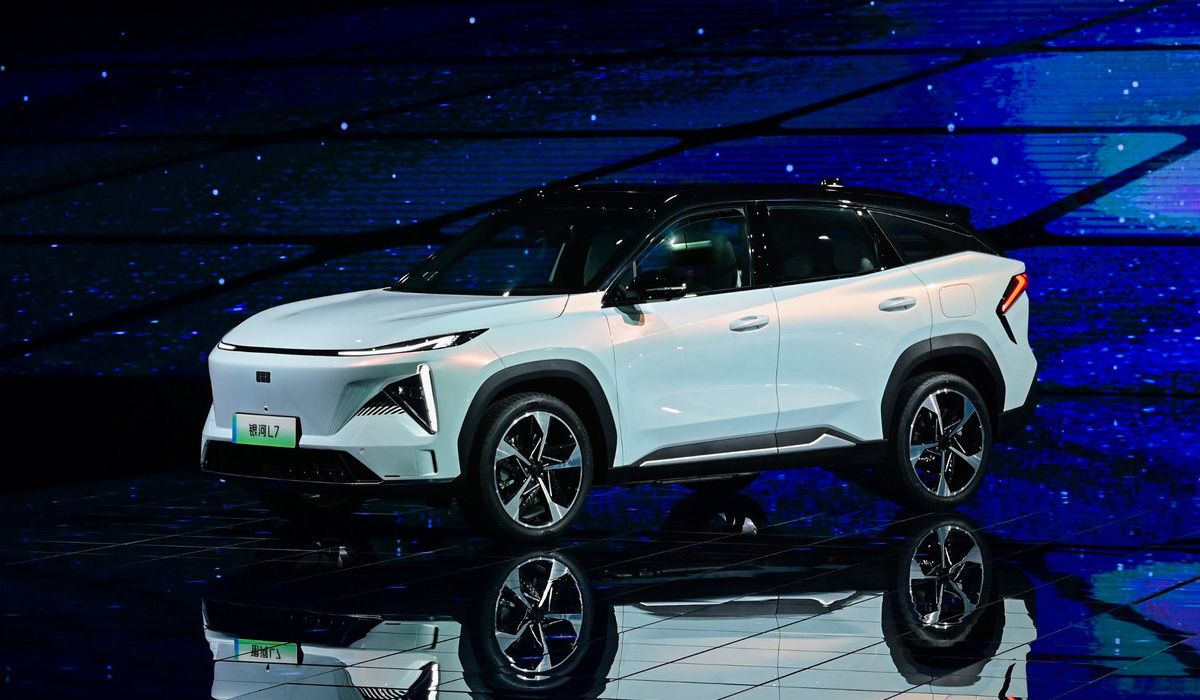
Geely Galaxy L7. First of its name
Pre-orders have already begun: the price starts from 200,000 yuan (28,800 dollars).
The Geely Galaxy L7 is the firstborn of the new Galaxy family, launched by the Chinese automaker Geely on February 23, 2023. Under the name ‘Geely Galaxy’, the company will produce luxury electric vehicles and plug-in hybrids, in the price range of 150,000-300,000 yuan (approximately 22,000-44,000 dollars). The ‘first of its name’ Geely Galaxy L7 is a mid-size SUV with an electrified hybrid system that can operate in both serial and parallel modes. The model has many innovations: the rejection of fashionable retractable handles in favor of practicality and safety, a new gasoline engine with a record thermal efficiency, traction batteries with the Aegis safety system. And that’s not all. The SUV will enter the Chinese market in the second quarter of 2023. Nothing is known about prices, as well as export plans.
"King Bran the Broken, First of His Name"… We hope everyone remembers this coronation formula in the "Game of Thrones". After the overthrow of House Targaryen, Robert Baratheon also became "First of His Name" King of the Andals, Rhoynar, and First Men.
Exterior
The new Geely Galaxy L7 was created on the electrified E-CMA platform developed by Volvo, but structurally unified with the new Geely Atlas: they have a different design, but some of the body panels are common. The L7 is 4,700 mm long, 1,905 mm wide and 1,685 mm high. The wheelbase is 2,785 mm. The front end of the hybrid car looks like that of an electric car: it has a plug instead of a radiator grille. Contrary to fashion trends, the door handles are ordinary, not retractable: the company explains this decision by the fact that retractable handles can freeze, and in some cases this can cost people their lives.
Interior
The interior is largely unified with the Geely Atlas, but the Geely Galaxy has important differences: a separate 16.2-inch touchscreen for the front passenger, as well as a transmission selector that has ‘moved’ under the steering wheel. Analog buttons have remained on the steering wheel and doors. In addition, air ducts and door cards have changed. The seats can automatically move back and recline almost to a horizontal position. The basic equipment includes a 10.25-inch virtual dashboard, a 13.2-inch portrait-oriented multimedia touchscreen, multi-contour front seats and wireless charging for gadgets. A new Galaxy N-OS operating system has been developed for on-board electronics, and a single Snapdragon 8155 chip is responsible for control.
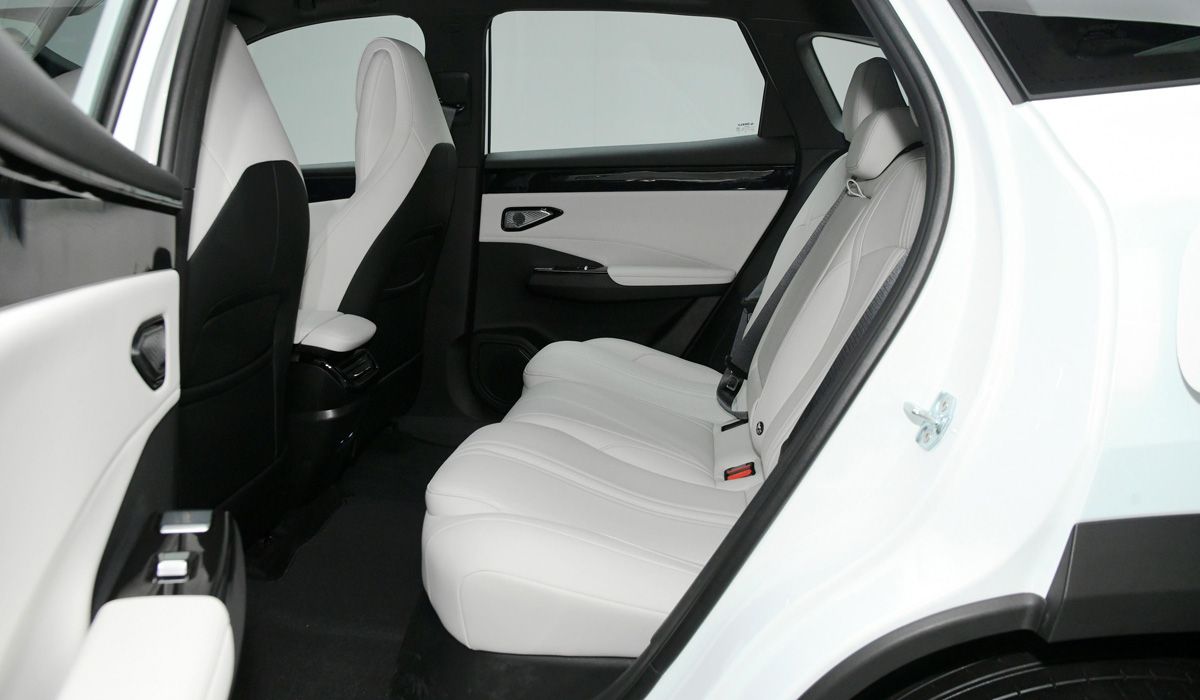
The list of options includes not only massage and ventilation, but also a built-in physiotherapy of the front seats (we have not figured out yet what it is), a 25.6-inch heads-up display and a Geely Galaxy Smart Drive level 3 autopilot. For its operation, the Chinese company is creating its own satellite geopositioning system: by 2025, 72 satellites will be launched into orbit.
Powertrains
The NordThor Hybrid 8848 hybrid system of the 2023 Geely Galaxy L7 will be able to operate in both serial and parallel mode. The production SUV is front-wheel drive only (but all-wheel drive versions are expected). The powertrain is based on a 1.5-liter BHE15 turbo gasoline engine with a record thermal efficiency of 44.26%. It is paired with a couple of electric motors and a three-speed transmission DHT Pro. It is expected that front-wheel drive models will be able to produce up to 390 hp, while the all-wheel drive versions will provide up to 664 hp.
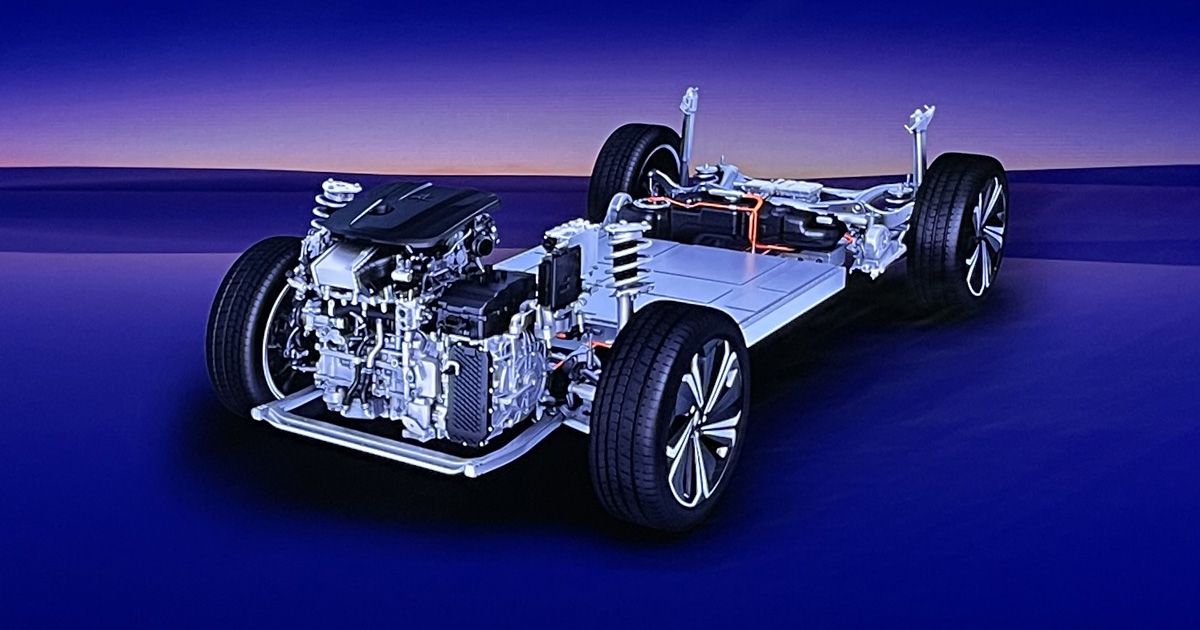
The average gasoline consumption of the front-wheel drive SUV will be 5.23 liters per 100 kilometers in the combined cycle, the driving range with a charged battery and a full tank is 1,370 km within the CLTC cycle. The SUV will accelerate from 0 to 100 km/h in 7.5 seconds (but this is inaccurate), the top all-wheel drive version will accelerate in 6.9 seconds. Innovations include traction batteries with the Aegis safety system, which can quickly turn off and isolate individual cells in the event of damage or short circuits, reducing the risk of fire. Fast charging has been announced, but no details have been given yet.


